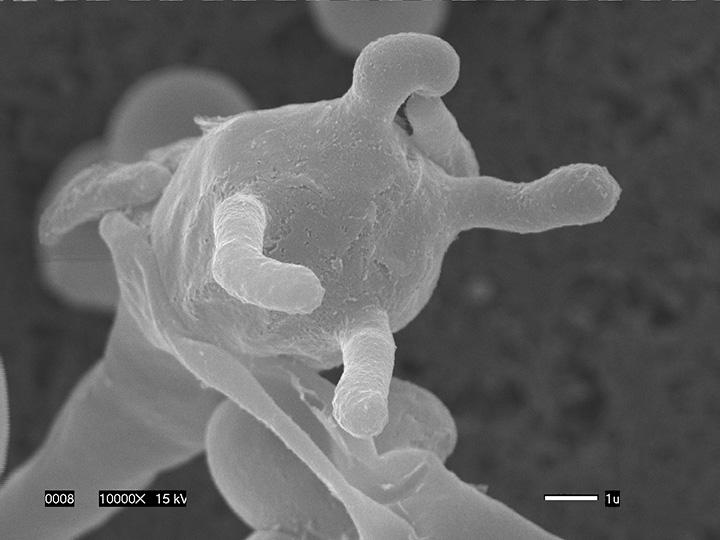
Fungus rapidly shrugs off challenge of anti-fungal drugs
Mutations tend to get a bad rap, and deservedly so. A single defect in our DNA can strip us of our sight, thicken our lungs with mucus, prompt us to bleed to death, weaken our muscles or fill our organs with tumors.
But in certain situations, a mutation can actually be a source of strength. For microorganisms, the right mutation can confer superpowers, allowing them to traverse continents, infect new hosts and avoid drug-induced annihilation.
Microbes are such big fans of mutations that they have rigged their genomes to accumulate more and more of them.
In a study published September 26 in eLife, Duke researchers show that lineages of the fungal pathogen Cryptococcus deuterogattii house a specific mutation in their DNA that increases their mutation rate. These ‘hypermutators,’ as they are called, rapidly develop resistance to the antifungal drugs FK506 and rapamycin.
“If there weren’t mutations, there wouldn’t be any raw genetic material for evolution and selection to act upon,” said Joseph Heitman, senior study author and professor and chair of molecular genetics and microbiology at Duke University School of Medicine. “These hypermutators are probably a lot more common that we think, particularly among pathogenic fungi.”
Read full article at DukeToday.